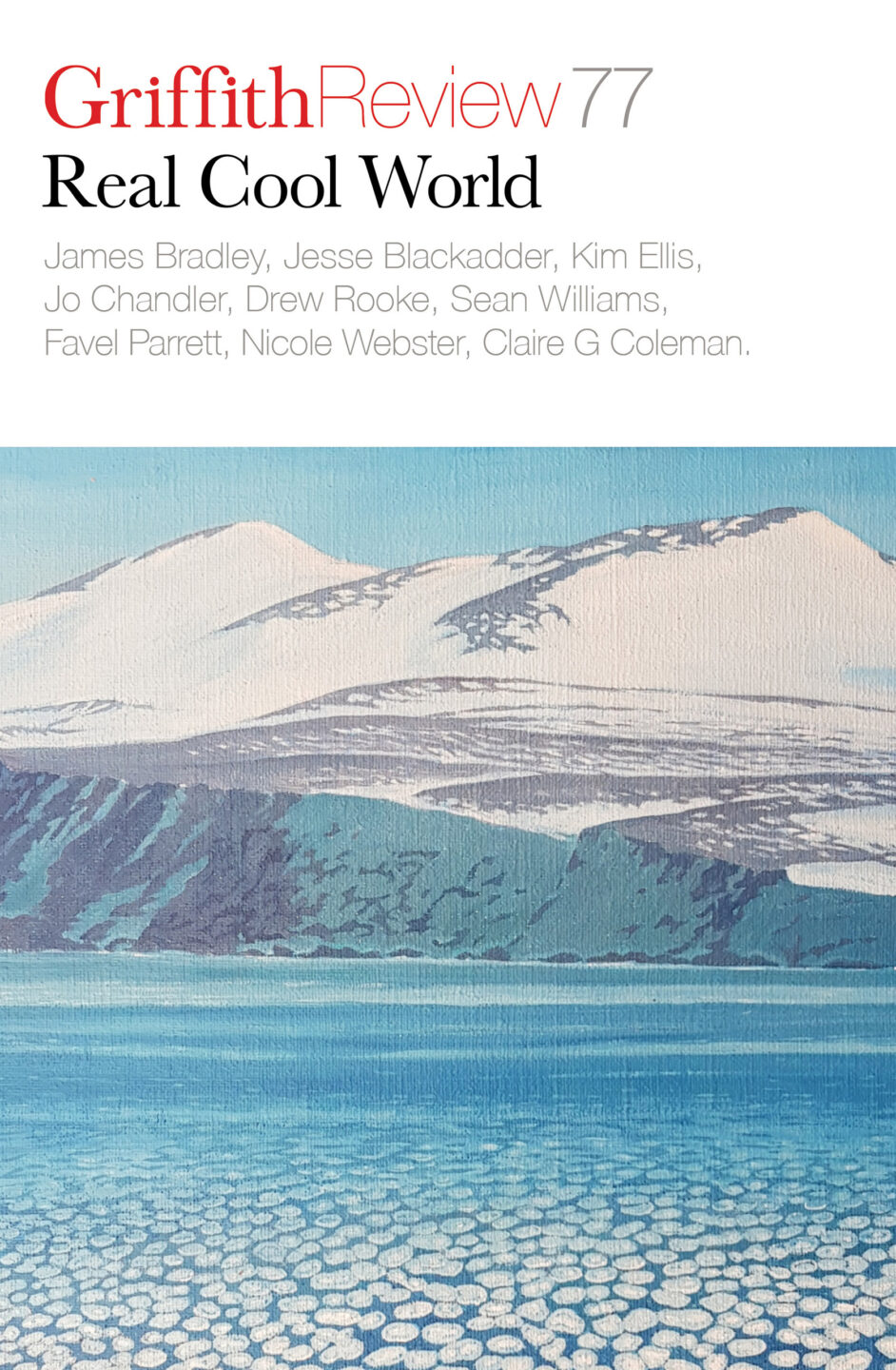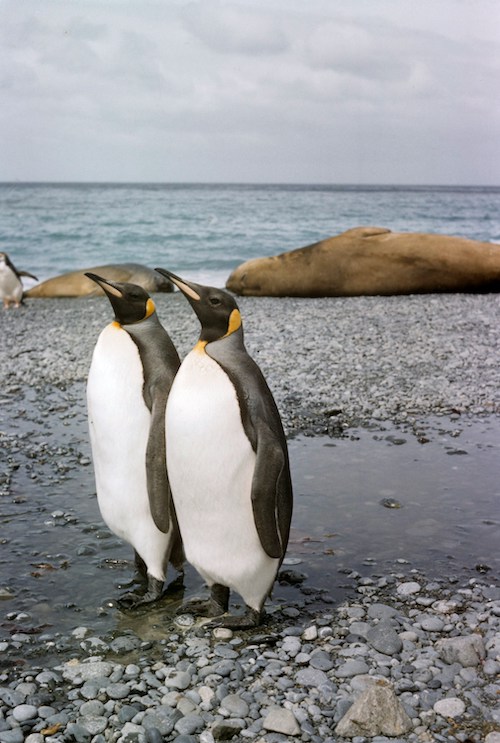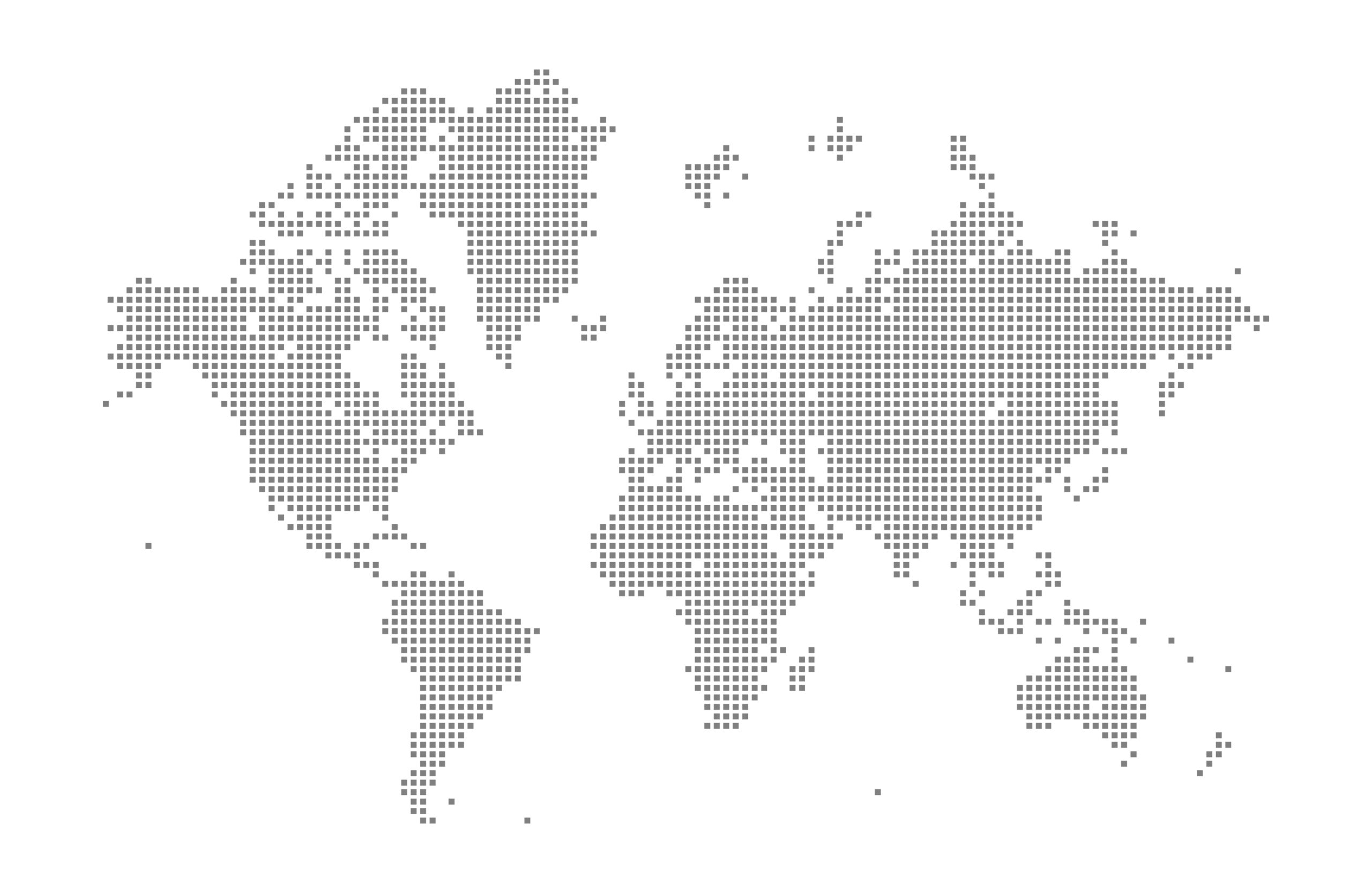Featured in

- Published 20220503
- ISBN: 978-1-922212-74-0
- Extent: 264pp
- Paperback (234 x 153mm), eBook


Already a subscriber? Sign in here
If you are an educator or student wishing to access content for study purposes please contact us at griffithreview@griffith.edu.au
Share article
About the author

David Bridie
David Bridie is a seven-time ARIA award-winning songwriter and composer. A founding member and songwriter of critically acclaimed musical groups Not Drowning Waving and My...
More from this edition

A subantarctic sentinel
ReportageIt didn’t take long for this knowledge to spread wider – and for Macquarie Island to become an open-air slaughterhouse. By December 1810, another three Sydney-based sealing gangs were operating there and, within the first eighteen months of operation, roughly 120,000 fur seals had been killed for their fine pelts.

Hope sends a message
FictionI am here to get the feel of the place; to understand why they are here, at the edge of the world, keeping hope alive. I need that hope and I think I am not alone in that sentiment. That is why I was sent, why I agreed to come, why this piece is being published – unless it has been suppressed. I am displaced as much as the people here; my family have not been to our homelands for generations.

Enter the internationalist
In Conversation Approaching this year’s fiftieth anniversary of the Whitlam government’s election in December 1972, Griffith Review has curated a series of intergenerational conversations in collaboration...